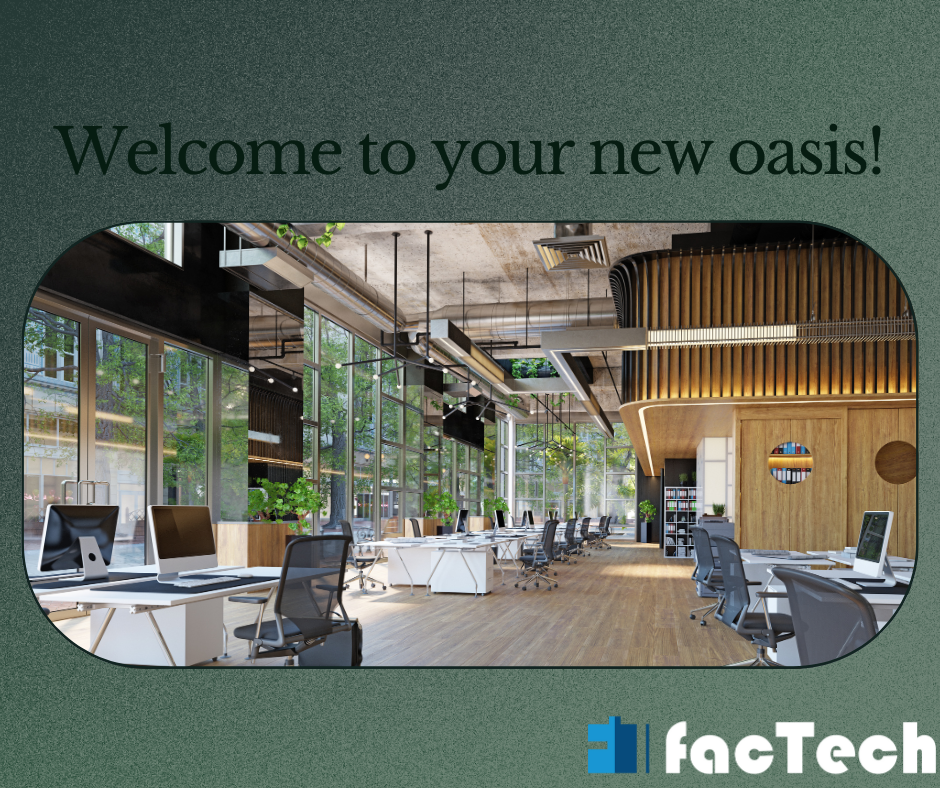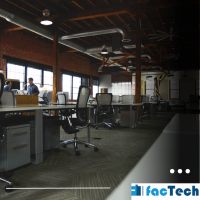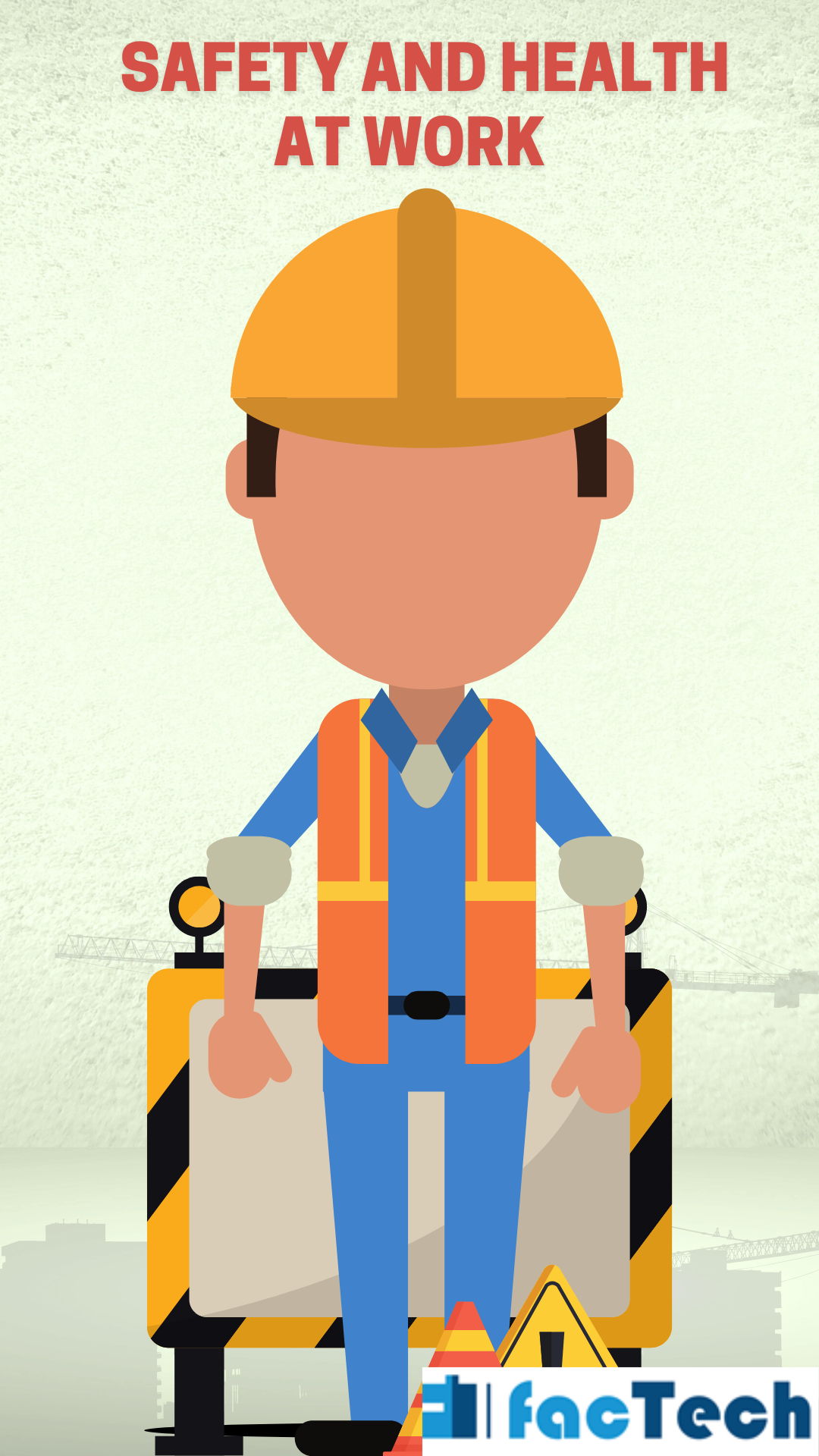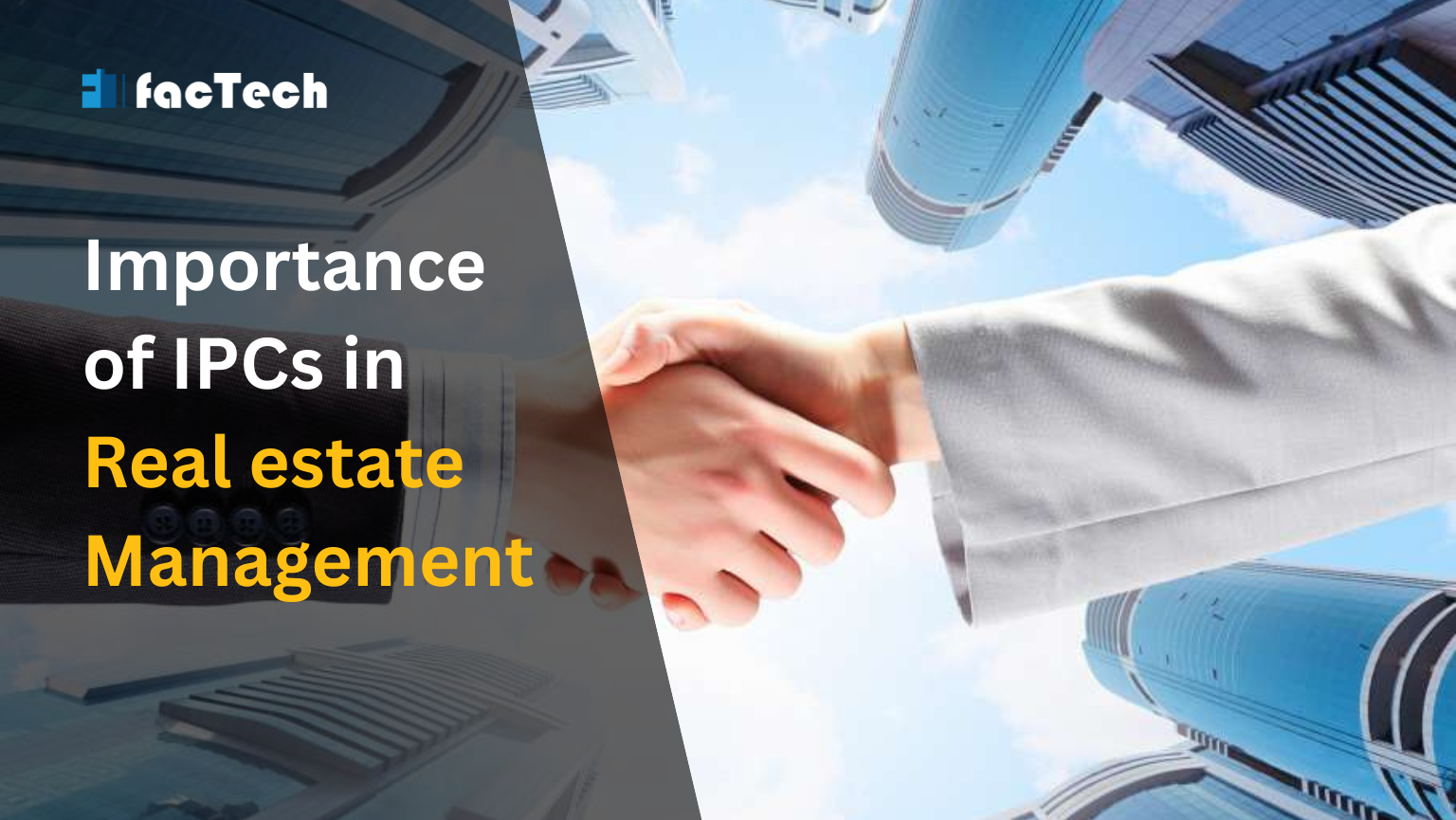The Power of Facility Management
The Power of Facility Management
Facility management might not be the first thing that comes to mind when you think of an organization’s core functions. Facility managers (FMs), on the other hand, are very important to making sure that businesses run easily, efficiently, and cost-effectively.
As the guardians of a company’s physical environment, FMs make sure that safety rules are followed and do everything from regular maintenance and repairs to making the best use of room. They do a lot more than just keep the lights on and the floors clean. Here’s how groups can benefit from good facility management:
1.Increasing the Bottom Line:
FMs are strategic thinkers who care about costs. By making the best use of room, they can cut down on wasted square footage, which saves a lot on real estate costs. FMs use preventative maintenance plans to make tools and infrastructure last longer, so they don’t have to be replaced as often and for more money. Utility prices can also go down if you focus on using energy more efficiently.
Facility managers are like guardians for our workplaces; they keep things running easily without being seen. But they do a lot more than just keep the room clean and usable. Strategic facility management is a strong way for a business to make more money. How to do it:
Champions of cost control:
Costs are something that facility managers always think about. They can find places to save a lot of money by doing things like:
Space Optimization: By looking at how space is used, they can find areas that aren’t being used and improve layouts, which could lower rental costs or help people to move into a smaller space.
Energy Efficiency: Using smart thermostats, LED lighting changes, and occupancy sensors to save energy can make a big difference in how much your utility bills cost.
Preventive Maintenance: Doing regular maintenance on your equipment can help you find problems early on, which saves you money and time by keeping it in good shape.
Powerhouse of productivity:
A clean and well-kept office has a direct effect on the health and productivity of workers. This is what building management does to help:
Environmental Optimization: Improving the temperature, lighting, and air quality can make the workplace more comfy and interesting, which can help people concentrate better and take fewer sick days.
Space Functionality: Making sure that space is used efficiently and that furniture is placed in a way that is good for your body lowers fatigue and boosts productivity.
Minimizing Disruptions: Facility managers take care of repair issues before they happen and make sure operations run smoothly, which keeps employees from having to deal with interruptions that can slow them down.
Rockstar at lowering risk:
Facility management is very important for lowering risks that can hurt the bottom line:
 Safety First: Having regular safety checks and following the right procedures helps keep accidents and claims to a minimum.
Safety First: Having regular safety checks and following the right procedures helps keep accidents and claims to a minimum.
Smart about security: Facility managers are in charge of making sure that security measures are in place to stop theft, vandalism, and data breaches, which protects the company’s assets and image.
Business Continuity Planning: They make plans for emergencies like power outages or natural disasters so that activities and income streams are interrupted as little as possible.
The Bottom Line about the Bottom Line:
Facility management is an important part of running a successful business because it helps keep costs down, boosts worker output, and lowers risks. By investing in good facility management practices, you can save a lot of money, make your employees happier, and improve your total financial performance. When you see your facility manager next, know that they’re working behind the scenes to make sure your business does well.
2.Creating a Productive Oasis:
The place where people work has a direct effect on their happiness and health. FMs make sure that the room is comfortable and useful by controlling the temperature, making sure there is enough light, and taking care of ergonomic issues. They can also use space planning techniques that make it easier for people to work together and inspire creativity. A healthy and happy staff means more work gets done and more employees stay with the company.
Think about the perfect place to work for you. Not just a roof over your head and a desk, but a place that helps you concentrate, be creative, and feel good. That’s the power of facility management—the often-underrated field that turns a workplace from just useful to thriving.
The Impact of Oasis
Imagine a place of work that helps you get things done as an oasis in a desert of distractions. Facility management is like a planner; they make sure that this oasis has everything the people who live there need to do well. Among these are:
 Space optimization: A well-thought-out plan makes it easier for people to work together and lessens interruptions. Facility managers set up meeting rooms, quiet places, and workstations in a way that works for all types of workers.
Space optimization: A well-thought-out plan makes it easier for people to work together and lessens interruptions. Facility managers set up meeting rooms, quiet places, and workstations in a way that works for all types of workers.
Environmental Comfort: Lighting, temperature, and the quality of the air all have a big effect on how much work gets done. Facility management keeps these things under control to make the workplace healthy and comfy.
Using technology to help: Facility management makes sure that the technology works for you, not the other way around. This includes making sure that Wi-Fi is always on and that meeting room tech is easy to use.
The way a workplace looks and feels has a strong effect on how happy and productive its workers are, according to studies. To make a place that looks good and inspires people, facility managers use things like natural light, biophilic design (design that incorporates nature), and ergonomic furniture.
More Than the Basics
Facility management is more than just taking care of the building itself. It encourages people to be productive by:
Promoting preventative maintenance: Keeping tools running smoothly and reducing the time it takes to fix problems.
Putting human health first: making it easier for people to use healthy amenities like exercise centers and quiet rooms.
Promoting sustainability means using eco-friendly methods and making a place that puts energy efficiency first.
The Effect of Ripples
A well-run building has effects that go far beyond making employees happy. This is what it means:
 Increased Productivity: When workers have a comfortable and well-designed workspace, they are more likely to do their best work.
Increased Productivity: When workers have a comfortable and well-designed workspace, they are more likely to do their best work.
Less absenteeism: When a workplace is healthy and well-kept, employees are less likely to get sick and miss work.
Better Employee Retention: When a company cares about its workers’ health and happiness, it builds trust and lowers turnover.
Better brand image: A well-designed and well-run workspace can make a good impact on clients and people who might want to work for you.
There’s more to facility management than just making sure the lights are on and the floors are clean. It’s about planning ahead to make a space that encourages work, promotes health, and shows what the company stands for. By using facility management to its full potential, businesses can create a place where workers and businesses can both do well.
3.Safety First:
FMs work hard to make sure everyone in the building is safe and secure. They make sure trash is thrown away properly, do regular fire safety checks, and come up with emergency plans. FMs make the workplace safe for staff and guests by reducing potential dangers and encouraging a culture of safety awareness.
The busyness of running a business every day can make facility management seem less important. But property managers are very important behind the scenes for making sure that a building runs smoothly and, more importantly, that everyone inside it is safe.
Safety First: The Main Job of a Facility Manager
Facility managers are in charge of many things, but safety is always the most important thing. This proactive method means making the space safe and healthy for everyone who lives or works there, which in turn leads to a thriving workplace. Here’s how building management makes safety easier:
Regular checks and maintenance of building infrastructure, electrical systems, and equipment help find and fix possible problems before they happen. This is called proactive maintenance. Preventive maintenance fixes things like loose floors and broken fire alarms so that accidents and injuries are less likely to happen.
 Preparedness for emergencies: People in charge of facilities plan for the worst. This includes making and following emergency action plans, practicing evacuations, and making sure that fire exits and safety equipment have clear signs. In case of a fire, natural disaster, or medical emergency, a facility that is ready can move quickly and effectively.
Preparedness for emergencies: People in charge of facilities plan for the worst. This includes making and following emergency action plans, practicing evacuations, and making sure that fire exits and safety equipment have clear signs. In case of a fire, natural disaster, or medical emergency, a facility that is ready can move quickly and effectively.
Security Measures: Surveillance cameras, access control systems, and trained security staff keep people from getting in without permission and stopping criminal behavior. Facility managers make sure that the right safety measures are in place to protect both the people who work there and the company’s property.
Healthy Environment: Keeping the air quality inside clean, ensuring there is enough airflow, and keeping the workplace free of germs all around is good for your health. Facility managers keep the place clean by following regular cleaning and germ-killing routines.
Safety Training: Teaching people how to follow safety rules and use tools correctly gives them the power to spot and avoid dangers. To encourage a culture of safety knowledge, facility managers can hold safety workshops and hand out informational materials.
The Safety Effects That Spread
Putting safety first has many perks besides just avoiding accidents. A safe place to work encourages:
Increased Productivity: When employees know that their health and safety are a top concern, they feel safer and more focused. This makes workers more helpful and efficient.
Cost savings: Keeping accidents from happening means less money spent on medical care and less time lost working because of injuries. Putting money into safety steps now can save you a lot of money later on.
Better reputation: A company that cares about safety draws and keeps the best employees. A good safety record also helps in creating a good public picture.
Facility management is the key to making sure that the workplace is safe and productive. By putting safety first, building managers make a place where people can do well. The strength of facility management comes in its ability to promote safety, which helps everyone in the building in the long run.
4.Sustainability Champions:
Modern building management uses methods that are good for the environment. To lower a company’s impact on the environment, FMs can do things like encourage recycling, use energy-efficient equipment, and make sure that building lighting systems work at their best. In addition to being good for the earth, this can help a company’s image as a socially responsible one.
Conclusion
To sum up, property management is a strong field that does a lot more than just keep the lights on. By managing a company’s physical space in a strategic way, FMs help boost output, cut costs, make employees happy, and show a commitment to sustainability. Realizing the importance of facility management and putting money into a skilled FM team is an investment in the success of any business.










